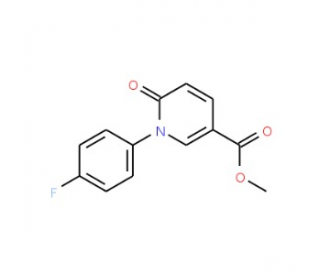详细说明
- Purity>97%, by SDS-PAGE under reducing conditions and visualized by silver stain
- Endotoxin Level<0.10 EU per 1 μg of the protein by the LAL method.
- ActivityMeasured by its ability to chemoattract BaF3 mouse pro‑B cells transfected with mouse CCR3. The ED 50 for this effect is 0.05-0.3 µg/mL.
- SourceE. coli-derived Leu24-Arg94
- Accession #
- N-terminal Sequence
AnalysisLeu24 - Predicted Molecular Mass8.1 kDa
| 601-VB/CF | | 601-VB |
| Formulation Lyophilized from a 0.2 μm filtered solution in Acetonitrile and TFA. | Formulation Lyophilized from a 0.2 μm filtered solution in Acetonitrile and TFA with BSA as a carrier protein. | |
| Reconstitution Reconstitute at 100 μg/mL in sterile PBS. | Reconstitution Reconstitute at 50 μg/mL in sterile PBS containing at least 0.1% human or bovine serum albumin. | |
| Shipping The product is shipped at ambient temperature. Upon receipt, store it immediately at the temperature recommended below. | Shipping The product is shipped at ambient temperature. Upon receipt, store it immediately at the temperature recommended below. | |
| Stability & Storage: Use a manual defrost freezer and avoid repeated freeze-thaw cycles.
| Stability & Storage: Use a manual defrost freezer and avoid repeated freeze-thaw cycles.
|
Human herpesvirus-8 (HHV-8)/Kaposi’s sarcoma-associated herpesvirus (KSHV) is a gamma herpesvirus with homology to herpesvirus Saimiri and Epstein-Barr virus. HHV-8 is etiologically linked to Kaposi’s sarcoma and a B-cell lymphoma known as primary effusion lymphoma. HHV-8 has been shown to encode a variety of immunomodulatory proteins which were apparently pirated from cellular genes by the virus. Three chemokine-like proteins, vMIP-I, vMIP-II and vMIP-III have been found to be encoded within the HHV-8 genome.
Viral MIP-II cDNA encodes a 94 amino acid (aa) residue precursor protein with a 23 aa residue signal peptide that is cleaved to yield a 71 aa residue mature protein. Among human chemokines, vMIP-II is most closely related to MIP-1 alpha, sharing approximately 41% amino acid sequence identity. At the amino acid sequence level, vMIP-I and vMIP-II also share 48% identity. vMIP-I and vMIP-II are more closely related to one another phylogenetically than to other human chemokines, suggesting that they may have arisen by gene duplication within the virus rather than by two independent gene aquisitions. vMIP-II binds to the CCR-3 chemokine receptor through which eotaxin and other beta chemokines activate eosinophils. vMIP-II has been shown to activate and chemoattract human eosinphils. Both vMIP-I and vMIP-II have been shown to partially block HIV infection of peripheral blood mononuclear cells. vMIP-I and vMIP-II have also been found to be highly angiogenic in the chorioallantoic assay, suggesting that they may be partially responsible for the marked vascularity seen in KSHV-associated tumors.
- References:
- Moore, P.S. et al. (1996) Science 274:5293.
- Boshoff, C. et al. (1997) Science 278:290.
- Long Name:Macrophage Inflammatory Protein II
- Alternate Names:MIPII; MIP-II












